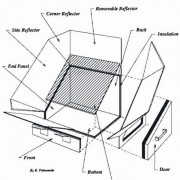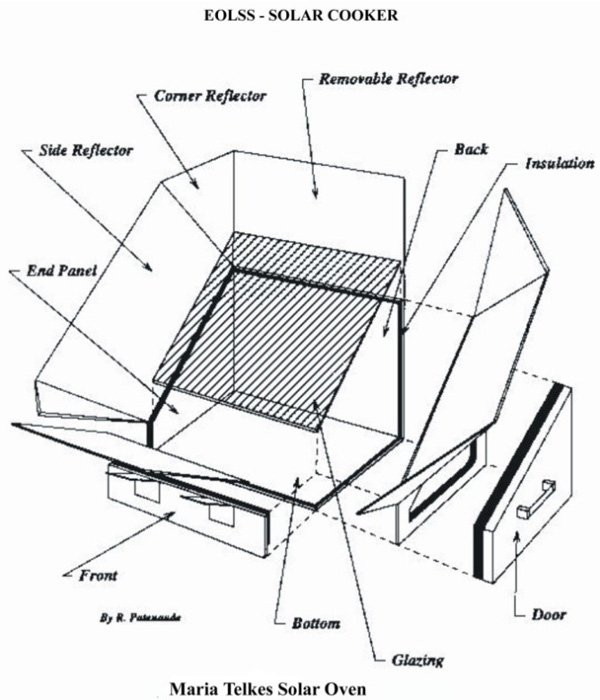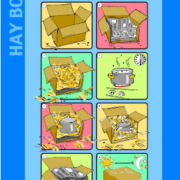No More Simmering!

In 2018, the World Health Organization concluded, “Every day around the world, billions of children are exposed to unsafe levels of air pollution. The result is a global public health emergency.”
The WHO recommends that a combination of actions may be most effective. Aprovecho has used Retained Heat Cookers (Hayboxes) for decades and we recommend them, especially where beans make up a part of the diet.
Retained Heat Cookers simmer food to completion reducing CO emissions by 56%, PM emissions by 37% and saving 50% of the fuel and time spent cooking. (Test Results of Cook Stove Performance, 2011). When food is simmering, the fire is constantly replacing the heat lost from the pot. If the heat is captured instead, the retained heat in the boiling pot finishes cooking the food.
In the same way, a drafty and uninsulated house has to have a big fire going all the time to keep the house warm. The super-insulated, almost airtight house can stay warm for a long time after the fire is extinguished. In Oregon, Haybox homes are called “Super Good Cents” homes.
Once the boiling pot is in the box, food cooks without further attention. Even pinto beans will finish softening if the box, with waterproof R-7 insulation, is almost airtight. Makes cooking a lot easier, too!






